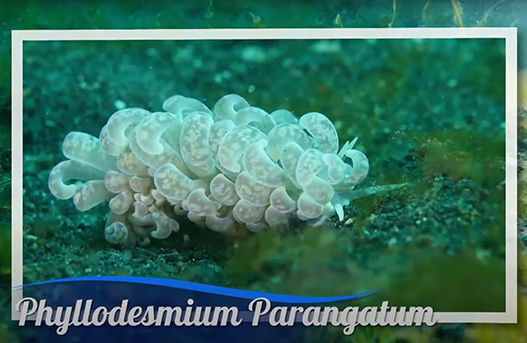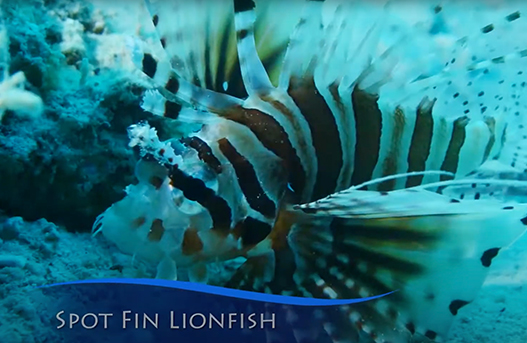Scope of work
Investment, Production
Industry
Eductainment
Budget
USD300K
Distribution Channels
58
We teamed up with master divers and an acclaimed animation director to immerse audiences in the breathtaking world beneath the waves with stunning Ultra HD clarity.
Filming in the deep sea is arguably one of the most challenging endeavors in cinematography, often compared to space exploration. The difficulties stem from a hostile environment that is fundamentally alien to human existence.
The Unpredictability of Subjects
The Filming Challenge: It requires immense patience and luck. A team might spend 8 hours on the bottom to get just 60 seconds of usable footage of a never-before-seen behavior. Animals might be scared by the lights and submersible, or they might simply be invisible (like transparent glass squid).
The "Unfilmable" Environment
The Problem: The water itself is often filled with sediment, plankton, and other particulates. Currents can be strong and unpredictable, making it hard to keep a submersible or ROV stable for a clear shot.
The Filming Challenge: Getting a clean, stable, well-framed shot is a monumental task. Operators must fight currents to hold position while trying to track a moving animal, all from inside a rocking ship on the surface or a cramped submersible.
The "Unknown Unknowns"
The Problem: We have mapped the surface of Mars in greater detail than our own ocean floor. It is the realm of the truly unknown.
The Filming Challenge: The greatest reward—and the greatest frustration—is the constant potential for surprise. You might set out to film a crab and instead discover a completely new species or a never-before-observed ecological interaction. This requires filmmakers to be incredibly adaptable, but it also means they often cannot film what they originally intended because it simply isn't there or something else entirely has captured their attention.


